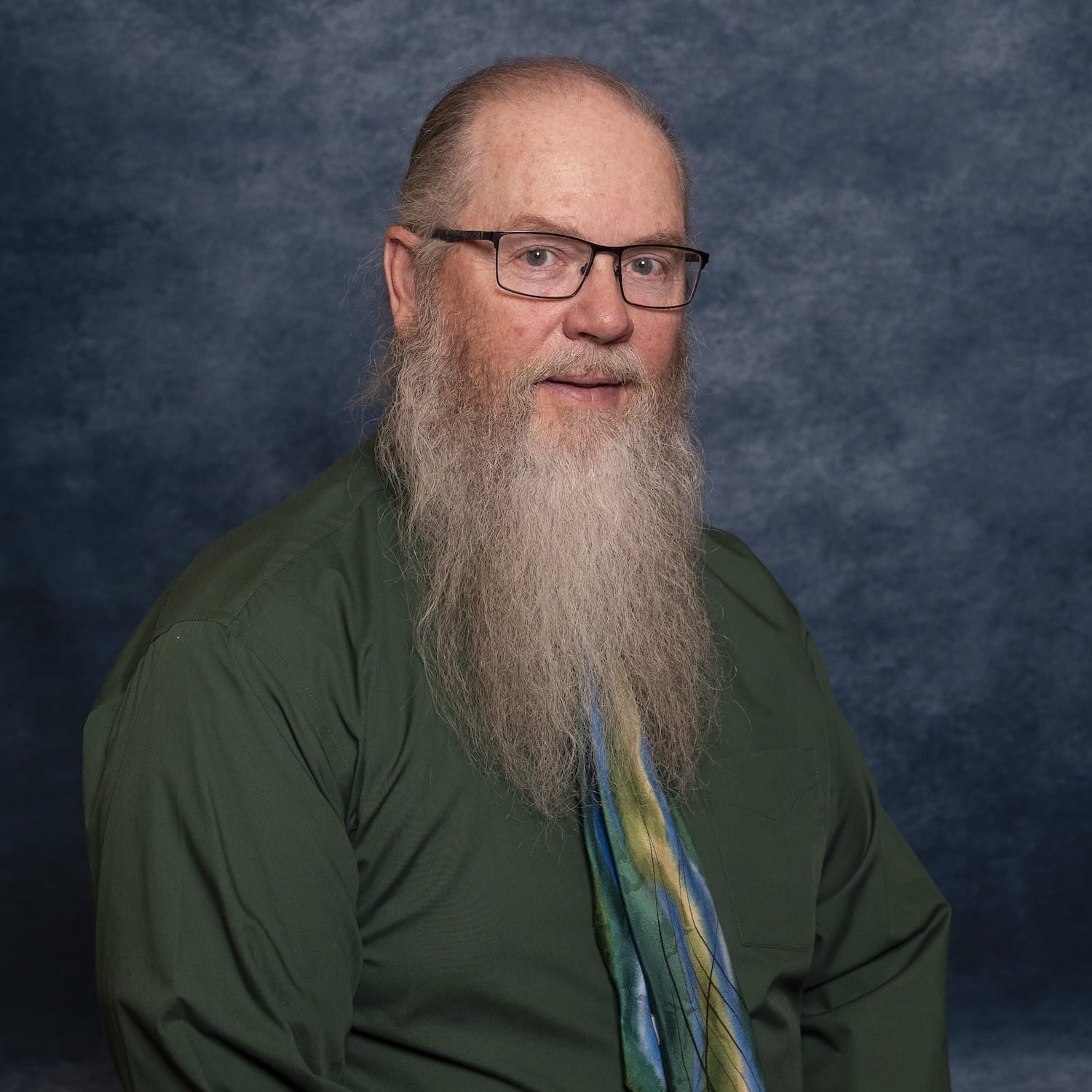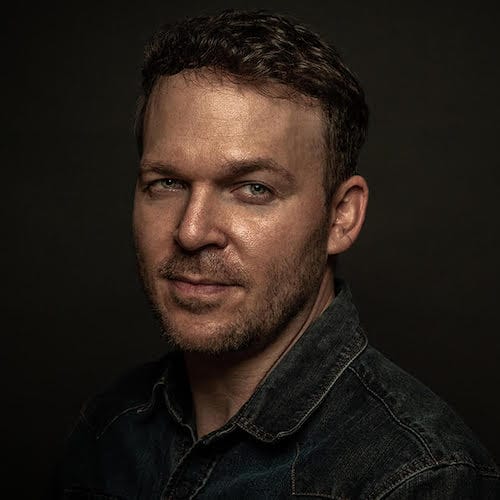Who is my neighbor? The question that prompted Jesus’ story in which a gravely injured person receives help from an unexpected source is one the Church should ask continually. While we prefer to be the heroic “good Samaritan,” the fact is we embody other characters from that story: the busy people who pass by on their way to more important work; the hurting soul, vulnerable and in need of care. And sometimes, we are the perpetrators of violence–robbing others of their place in God’s family. The civil rights pilgrimage from which we’ve just returned illuminated each of those identities. Today you’ll hear from Central members who participated and the multiple dimensions of loving our neighbors as ourselves.
The woman’s face reflected genuine puzzlement. Why are you spending so much time revisiting this past history? Let bygones be bygones. We have civil rights laws now; it only makes people upset to dwell on past mistakes.
You could say that this morning’s message is a response to that question. Why this experience? It was not a tourist trip; though we viewed sites and visited museums; took lots of photos and made purchases at the gift stores. Nor was it simply an intensive history lesson. We certainly learned a lot about our country’s history of enslavement and the struggle to obtain civil rights and equal justice under the rule of law. But the history didn’t end with civil rights legislation, a voting rights act, and doing away with the “separate but equal” farce. In every exhibit, every sacred site, and every interactive experience, the purpose was to call us to join the march to freedom and justice that is never finished. We spoke of this offering in Central’s Summer of Service as a “pilgrimage”–the journey taken by people as a way of faith formation, of deepening our roots that will cultivate a brighter future for all God’s people. As Maya Angelou wrote, History, despite its wrenching pain, cannot be un-lived, but if faced with courage, need not be lived again. I am grateful that this experience included members of Peoples Presbyterian Church and Central members, and three generations.
Significantly, in the days immediately following the pilgrimage, there were two incidents that have become all too common: Another mass murder of 7 in Chicago by a troubled white man, and another police killing of an unarmed Black man. After all we had seen and learned, these two events seemed to accentuate the systemic injustice still part of our civic life. The anguish of Stated Clerk of Denver Presbytery, Olivia Smith’s post about these twin crimes more than suggested the work is not done. How can police capture without incident a person who just killed [seven] people and wounded 24, but shoot a person fleeing with no weapon 60 times after a traffic incident?
The journey toward justice is ongoing.
In every exhibit, every sacred site, and every interactive experience, the purpose was to call us to join the march to freedom and justice that is never finished.
Reflections from three Civil Rights Pilgrimage participants:
Mary Schenk’s Reflection
I wanted to honor the people who pledged and sacrificed their livelihood and lives to Keep On Keeping On in the struggle to Overcome what we now call Systemic Racism. I was remembering what I had witnessed, and in some degree, my own participation in the events which took place during the years of the 50s, 60s, 70s…I was wondering how the teens: Taber, Aubrey, Morgan, Isaiah, Arinze, were processing the events that occurred at a time when their parents (grandparents) were the age they are now.
The fortitude, the faith, the vision of the people who walked, one foot in front of the other foot from Selma to Montgomery. I was touched by the elderly couple (about my age) who were leaving their rooms just ahead of me the morning we were leaving the hotel in Selma…how they must have reflected upon the events that had taken place in their lifetime…perhaps they had participated in The March and experienced Bloody Sunday
The teens now will be taking up the charge… My commitment will be to emotionally support them and pray for them.
I want to share a paraphrased thought from author, Howard Zinn:
What we choose to emphasize in our complex history will determine our lives. If we see only the worst, it destroys our capacity to do something. If we remember where people behaved wonderfully it gives us energy to ACT in big or small ways.
Morgan Brown’s Reflection
At first the thought of this trip seemed sad and depressing as we learned of the horrific enslavement and oppression that African Americans have faced for hundreds of years. These experiences are definitely not ones that could be taught through textbooks. In Birmingham we visited the 16th Street Baptist Church. This church was targeted during the Civil Rights era and was ultimately bombed in 1963 killing 4 young, innocent girls. I began to recognize the innocence lost through the Civil Rights movement and previous enslavement. It is my job as the new generation to learn from our mistakes and hatred. This trip called youth to action by first acknowledging the past through historic tours and simulations. The, lifting our spirits with signs of hope and courage portrayed not only in the past, but in the future. I am eternally grateful for this experience.
Molly Brown’s Reflection
I was the proud driver of the 12 person van which actually went better than I thought it would! I bring this up as the van has a soft spot in my heart. Morgan, Louise, Mary, and I were in the van with 8 folks from Peoples Church. The van helped us bond quite quickly. How could you not bond in a 12 person van together? In addition to discussing the horrors we witnessed and learned on our pilgrimage, we also shared parts of our normal lives and truly got to know one another better. I am so grateful for this friendship and kinship with Peoples.
As Morgan mentioned the 16th Street Baptist Church in Birmingham, it reminded me so much of Central. A congregation of intelligent members working as teachers, doctors, and lawyers. The morning the church was bombed was a designated Youth Sunday. The Youth were in charge of the entire service, just like we do here at Central. It was a big day; the kids were excited and dressed up. We also learned that 2 black boys were killed the same day as these 4 girls. They were killed in the same neighborhood area. It reminds me of today in the loss of young black boys. We have to do better for our youth.
Later that day we traveled to Selma. We did a simulation of the Middle Passage of slavery at By the River Center for Humanity. The twelve of us were already considered captured. We then experienced how some of us were separated out not knowing what happened to others. Then some of us were instructed to choose those that were weak that should be killed. Morgan was hoping to off me, but Verniece at Peoples had the honor and Morgan had to choose someone else. Ultimately, this is nothing to laugh at, but moments of humor helped us. Afriye, the woman who hosted this simulation, did an amazing job recreating the reality of women bearing children they would never hold. We witnessed the reality of enslaved people creating families with others as those they were related to by birth were often unknown to them or quickly sold away. Thus, that need for love and family meant that people made their own families with those around them. This was a lot to take in as a mom. We experienced the misery of the Middle Passage for about 30 minutes. Imagine this going on for weeks and months; then turning into years and lifetimes of enslavement.
The next day we walked the Edmund Pettus Bridge as many did years before marching from Selma to Montgomery advocating for voting rights. John Lewis nearly lost his life on that bridge. We are highlanders here in Colorado so I enjoy exercising at sea level as I feel I have more air. I was breathless on this bridge not due to the exercise, but due to the magnitude of what happened on it. So many people were advocating and so many were injured horribly.
Our next stop was Montgomery which was amazing. So much occurred in Montgomery within a small area: from slave trading to the first White House of the Confederacy which is next to the AL State Capitol. Now this same area hosts the headquarters of the amazing Southern Poverty Law Center (SPLC) which works day in and day out on cases involving racism and hate crimes. We toured The Legacy Museum: From Enslavement to Mass Incarceration. We witnessed photographs, sculptures, and written scripts depicting the absolute horrors of slavery. Then we processed the reality of a group of enslaved people being set free and given little to nothing during Reconstruction thus perpetuating further racism against them as they tried to move forward with life despite the trauma of their pasts. I have been working on how to best paraphrase this: The Civil Rights Act did not effectively impact our criminal justice system. I know this, but this museum continually enforced this idea for me. We have so much work to do today and now.
We visited the National Memorial for Peace and Justice, also known as the lynching museum. The statues depict the idea of lynchings as they hang from metal that looks like rope. The statues include names of those lynched and many say unknown as names of those lynched were often untraceable. I grew up in the South and walked around looking at places I have lived and saw many names of lynching victims. More lynchings occurred in the South, but the entire country has experienced this. Denver County and Pueblo were shown at this memorial. The memorial also includes inspirational quotations from Civil Rights leaders.
The Legacy Museum: From Enslavement to Mass Incarceration featured 3 sheets of voting registration questions that were absolutely absurd. These questions served as a way to keep blacks from voting as they couldn’t correctly answer the questions on the test, but who could? The easiest illustration of this is the jar of jelly beans Louise has in her display. If you can guess the correct amount of jelly beans, you are allowed to vote. I encourage you all to read through these ridiculous questions.
If you want to learn more, please browse the display of the pilgrimage. If you’ve heard a call to action today, know that there are many ways to respond. Central and Peoples congregations work together on the Matthew 25 movement to dismantle structural racism through a group called “Equity Through Action NOW.” Join a Zoom conversation with plenty of opportunities for addressing racial injustice; more info online or by contacting Molly Brown or me. Another way is to help get out the vote in every election. And Central is just beginning to participate in the Colorado Collaborative with a directory of Black-owned businesses in the metro area.
Finally, friends, have courage. Hold fast to what is good. The Church where those four little girls lost their lives so long ago is emblazoned with a text from Second Timothy. Upon this rock I will build my church and the gates of Hell will not prevail against it.
Not then; not now; not ever. Thanks be to God!





